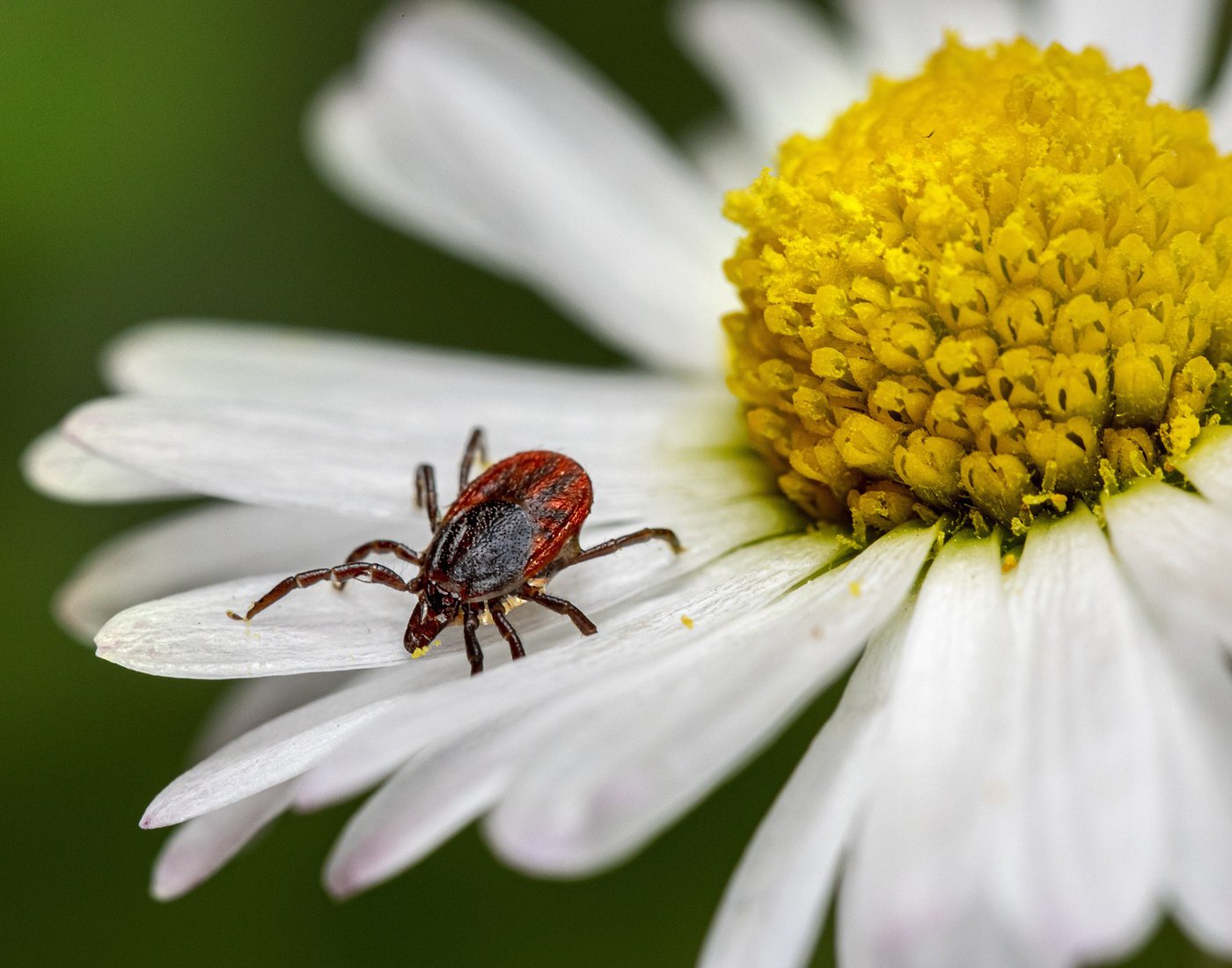Ticks & Tick Borne Diseases
With changes to seasonal temperature and precipitation patterns, ticks have found a more hospitable home in the Northeast. Their spread has implications for both human and animal health through tick-borne diseases.

Ticks and tick-borne infectious diseases, such as Lyme disease, have become increasingly prevalent in the northeastern United States. This situation poses challenges for people and other animals, especially those in forest ecosystems across the region. Infected deer ticks can cause diseases in humans (and other animals, including our pets and livestock) with a variety of troublesome short and long term effects, such as fever, fatigue, chills, aches, and joint pain. Winter ticks are also a serious pest for moose and moose calves in particular.
Among other causes, tick populations have historically been kept in check by cold winters and dry summers. As the Northeast has increasingly experienced warmer winters and wetter summers, this has reduced both limiting factors and enabled ticks and tick-borne diseases to spread. Studying ticks offers students an opportunity to explore how changes in species prevalence can have tangible impacts on people and their wellbeing. In addition to building scientific knowledge, this topic allows educators to spread awareness about ticks and tick-borne diseases and educate the general public, including youth, about tick bite prevention and treatment.
Curious to learn more? Check out our full Climate Story. Here you will also find resources to engage youth and learn about the role NASA plays in helping us understand how climate change is impacting tick populations.
Learning Ecosystems investigate Ticks and Tick Borne Diseases
See how ticks have been the focal point of student learning, both in and out of the classroom.

Community Science Project: Ticks, Climate & Public Health
Educators from U-Maine 4-H Cooperative Extension developed a community science project to engage and empower youth with the data and tools they need to take have more confidence amidst a growing tick presence in their local communities.
